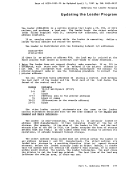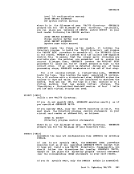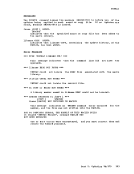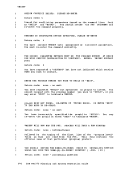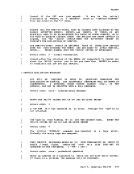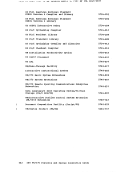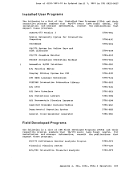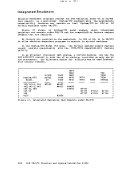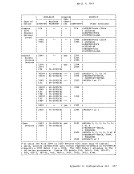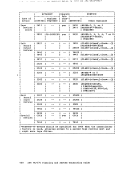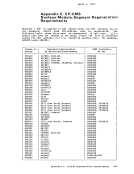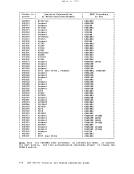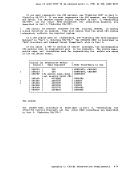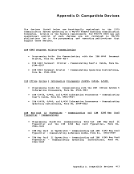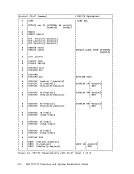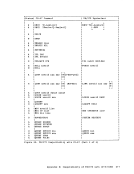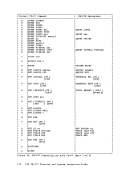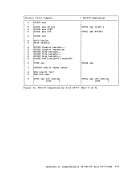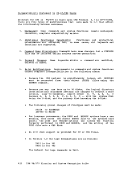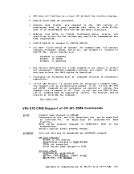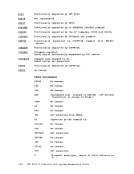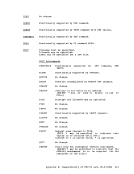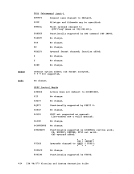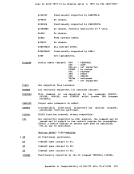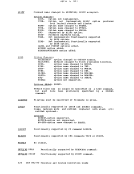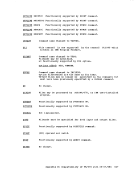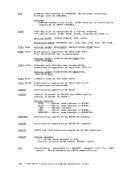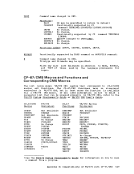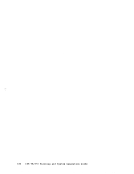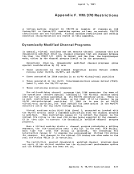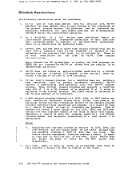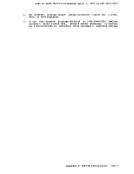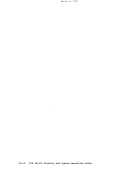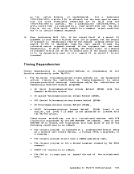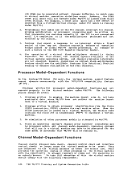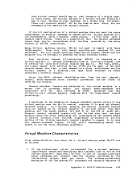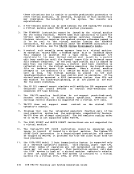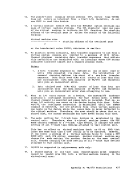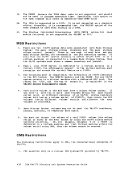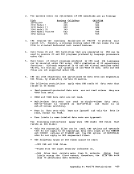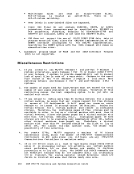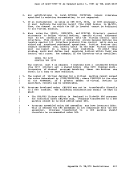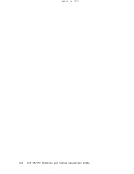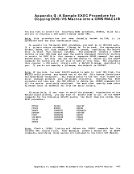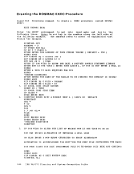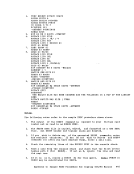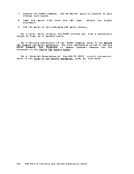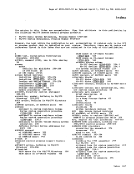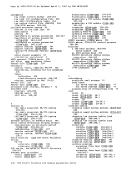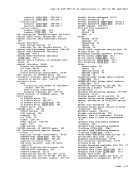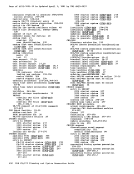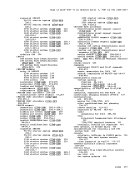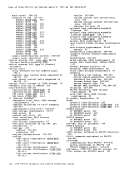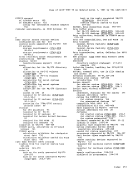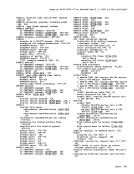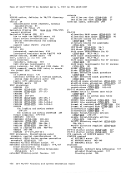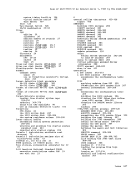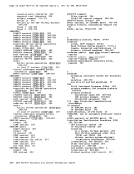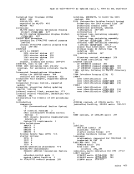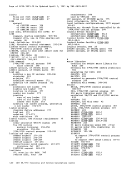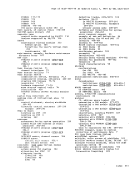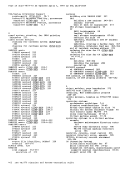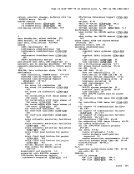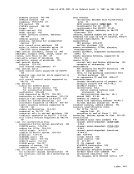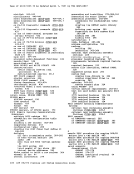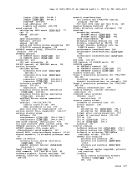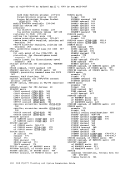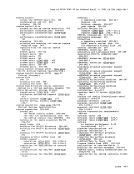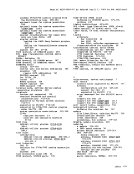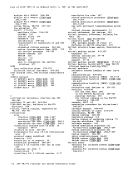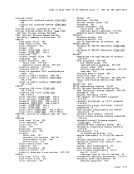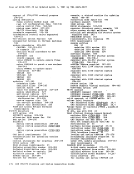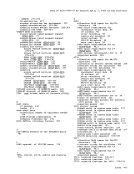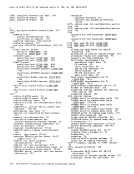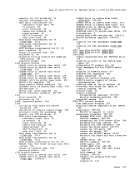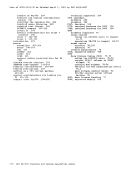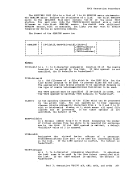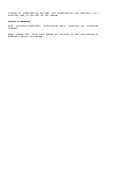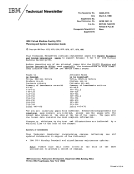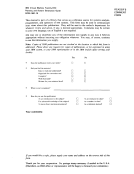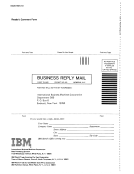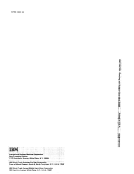IPLDECK SRVCPGM r ,
Ifyou want to add or replace
must place your FCB macro in
file; after label DMKFCBLD.GENERATE the IBM supplied FCB image, you the IBM supplied DMKFCB assemble
Ifyou specify ONLY, only the DMKFCB module is assembled. You must place the forms control buffer load macros in your virtual card reader at OOC, as follows:
:READDMKFCB ASSEMBLE (forms control buffer load
associated object modules (text decks). These files must be
on theeMS system disk (S-disk). You are prompted to enter
the names of the service programsyou wish to generate. You can respond ALL, DDE, DIE, or you respond ALL, the DASD Dump Restore, Directory, and Format/Allocate standalone
programs are built on disk.DMKDDR, DMKFMT, and IBCDASDI). rCp I NUCLEUS [NOLOAD] ICMS! generates the CP or CMS nucleus. If you specify CP
L JNUCLEUS, the CP nucleus is loaded onto tape.
For a CP nucleus without a virtual=real area, GENERATE loads
the tape, thus loading thenewly generated CP nucleus. For a
CP nucleus with a virtual=real area, GENERATE writesthe nucleus to tape and exits. You are instructed to shutdown the
system. Thenyou can IPL the tape on a real machine or on a
virtual machine that has enough virtual storage. The"Specifying a Virtual=Real Machine" section of Part 1 tells you how much virtual storage you need.
Attached Processor support will be included in the nucleus, if
desired. Ifyou specify CP NUCLEUS NOLOAD, the tape is
createdwith the new nucleus but the disk is not loaded.
Ifyou specify CMS NUCLEUS, a card-image deck is created and
placed
prompting message to see ifyou want a card-image copy of the CMS nucleus put on disk. If you respond "yes," GENERATE
writes a copy of theCMS nucleus on disk, and loads the
nucleus. The card-image copy of theCMS nucleus is a file (CMSNUC NUCLEUS) that can later be loaded to create a CMS nucleus. If you specify CMS NUCLEUS NOLOAD, the new nucleus
remains in the virtual card reader.RSCS [BUILD] Prepares the RSCS build area
nucleus, as described in
Installing RSCS."
and, optionally, builds theRSCS the section "Generating and
The GENERATEEXEC procedure issues many descriptive responses, most of
which are shown in the system generation procedures in Part 3.
GeneratingVM/370 (CP, CMS, RSCS, and IPCS). Part 5. Updating VM/370 383
If
must place your FCB macro in
file; after label DMKFCBLD.
If
:READ
associated object modules (text decks). These files must be
on the
the names of the service programs
programs are built on disk.
L J
For a CP nucleus without a virtual=real area, GENERATE loads
the tape, thus loading the
CP nucleus with a virtual=real area, GENERATE writes
system. Then
virtual machine that has enough virtual storage. The
Attached Processor support will be included in the nucleus, if
desired. If
created
If
placed
prompting message to see if
writes a copy of the
nucleus. The card-image copy of the
remains in the virtual card reader.
nucleus, as described in
Installing RSCS."
and, optionally, builds the
The GENERATE
which are shown in the system generation procedures in Part 3.
Generating





















































































































































































































































































































































































































